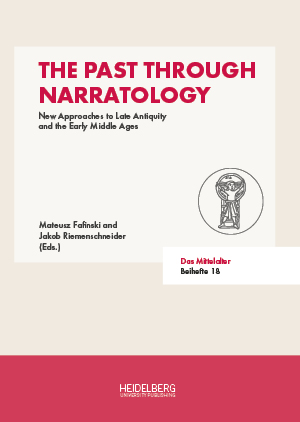How to Cite
License (Chapter)

This work is licensed under a Creative Commons Attribution-NonCommercial-ShareAlike 4.0 International License.
Identifiers (Book)
Published
The Semantisation of Space in Sulpicius Severus’ ‘Vita Sancti Martini’
Abstract The article follows a relatively recent trend in applying modern narratological analysis tools to late antique hagiographic texts, a genre that has hardly been touched on by such approaches. It provides a spatial narratological close-reading of three exemplary episodes from Sulpicius Severus’ ‘Vita Sancti Martini’. First, it focuses on Sulpicius’ account of how Martin converts a robber in the dangerous Alps (Mart. 5, 4–6), then on the protagonist’s encounter with a pagan funeral procession (Mart. 12). Finally, it analyses an episode in which Martin is tempted by the Devil in his bare monk’s cell (Mart. 24, 4–8).
The study is based on the spatial narratological model proposed by Birgit Haupt and also draws on Jurij M. Lotman’s semantic model of space. It works out that the narrative space of Sulpicius’ hagiographic description of the life of St Martin is more than just a mere background foil against which the events are narrated. Rather, it has its own semantics that highlight, illustrate and enlarge the holiness and power of its ascetic and hermit hero.




